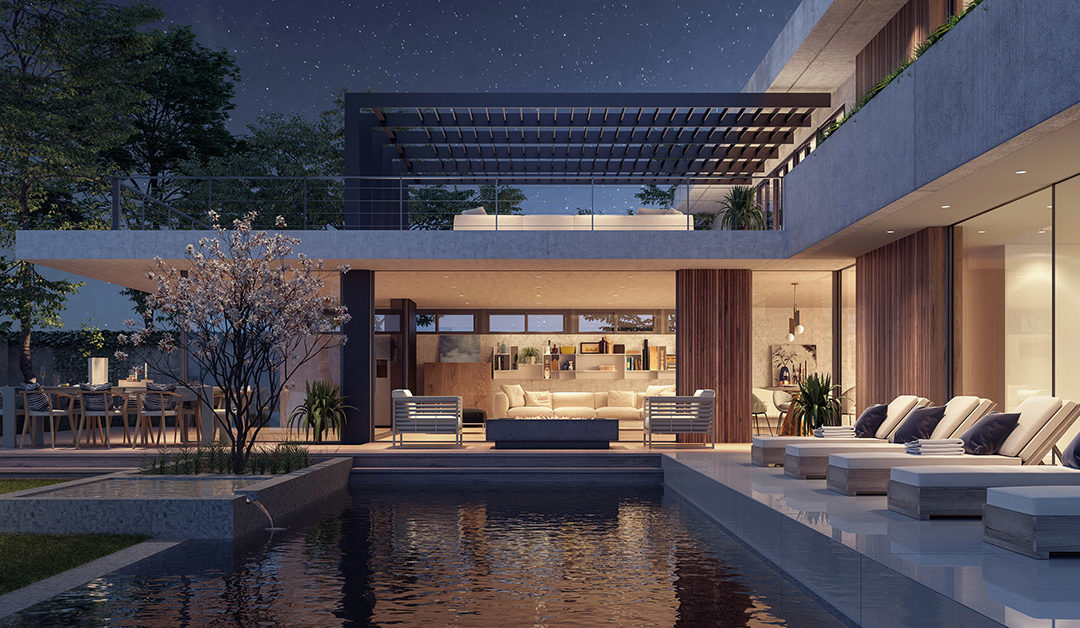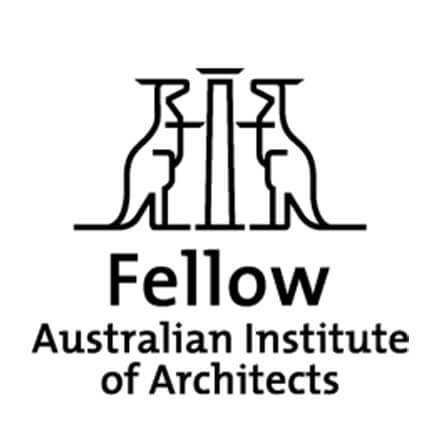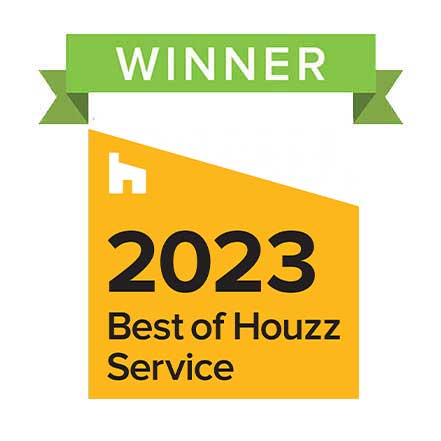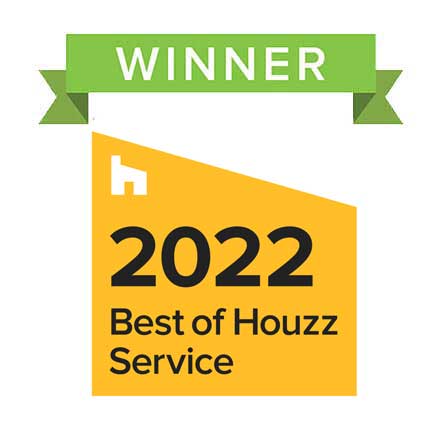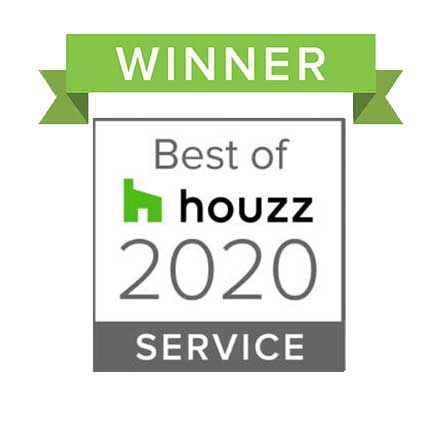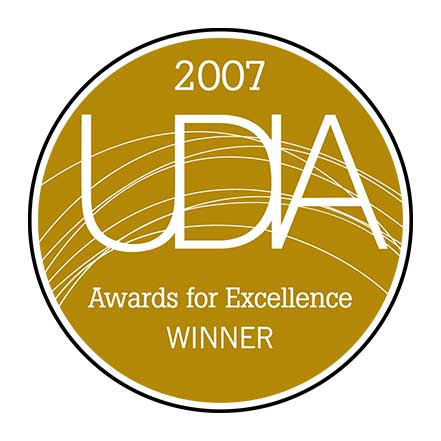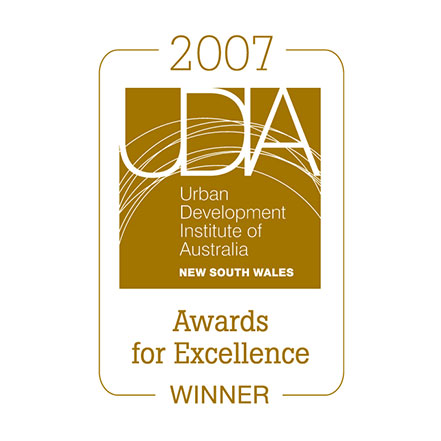The predominant trend that is emerging strongly at the beginning of this new decade can be described simply as RETRO, albeit with a modern twist.
This is evident across most residential architectural categories, from building styles to material selections.
The following outlines the top architectural design trends that will become evident in 2020.
Design Styles
Proving the adage that everything old is new again, architectural styles from the past century are being revisited and even combined as hybrid new styles.
Mid Century Modern is one such rediscovered style typically characterised by large expanses of floor to ceiling glass and flat linear roofs.
Furniture from this period which was heavily influenced by Scandinavian designers is also being used to compliment the interiors of these houses.
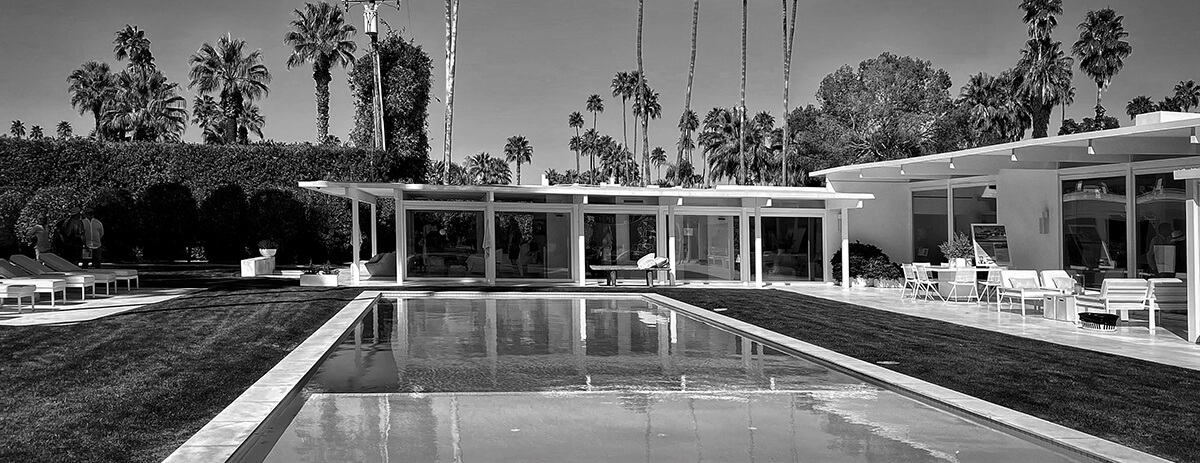
Mid Century modern home
Later during this same mid-century architectural period, parabolic curved roofs and forms evocative of the space age era began to appear. These shapes are now re-emerging with organic curves being introduced into planning.
More regular curves reminiscent of the post-modern movement are also being incorporated in both plan and elevational treatment. Arches used as feature elements are often distorted in proportion. This is to intentionally differentiate them from the more rigid geometry of classical architecture which was regulated by the golden number or ratio. (https://www.goldennumber.net/art-composition-design/)
Another style that is becoming popular again is the Industrial chic exemplified by Steampunk decors and styling. Think New York lofts and refashioned warehouses that were often featured in movies from the 80’s – they’re back to the future.
Materials
This retro trend is carried through into material selections and colours.
Natural materials like timber and stone that have been used throughout history are being rediscovered and used more to accentuate feature building elements.
These are often combined with other rustic materials including bricks, natural concrete, and weathered metal, materials proudly expressing their rawness in place of the homogenous renders and paints that have been used to disguise their attributes in the past.
Other fashionable materials from the mid-century period enjoying a renaissance today are terrazzo and textured glass.

Terrazzo flooring

Textured glass
Interior Planning
Multi-functional spaces are continuing to be popular as we gradually become more socially aware and aim to moderate the excess consumption that defined previous decades.
Smaller houses can function just as well as larger ones with considered planning, and this is translating into utilitarian kitchens that incorporate built in dining areas, or study nooks. Kitchens are no longer clearly defined spaces but instead are merging more into the household living areas
The joinery design is also becoming less formal and adopting more organic shapes reflective of furniture styling.
In some cases, however the opposite approach is taken. The kitchen function is totally concealed (when not in use) such that it blends in seamlessly with the adjoining living areas.
Bathrooms are no longer limited to just personal care and hygiene; they are becoming a refuge for pampering. Incorporating comfortable furniture, make up benches, large freestanding baths, multi-function shared showers, steam room and saunas.
They are the new must have indulgence, offering a comforting retreat from the pressures of daily life.

Compact kitchen incorporated into living area as a multipurpose space
Passive Design
This is one area of design which doesn’t draw obvious reference from the past but is instead a direct response to our previous indulgences and our continued advances in technology.
More and more homeowners are adopting passive housing principles and appreciating the cost savings and environmental benefits that come with it.
A passive house considers many design factors including careful site selection and building orientation to maximise natural lighting and ventilation. Designs also incorporate practical material specifications and construction techniques that reduce heat load or loss and create a more comfortable living environment.
The use of recycled and repurposed materials such as bricks and timber, or adopting new more environmentally friendly construction techniques like green fly ash concrete, or modular cross laminated timber (CLT), these all contribute to a reduction in our carbon footprint.
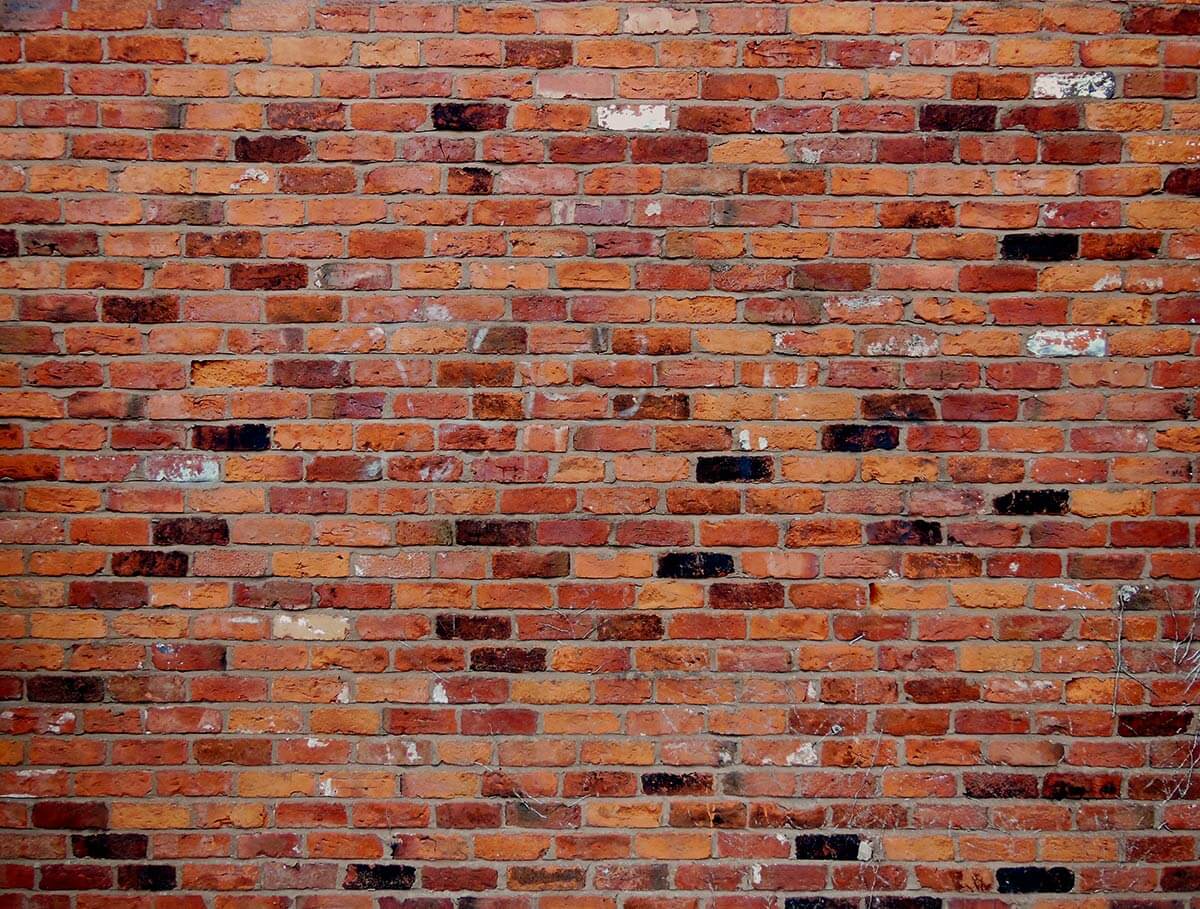
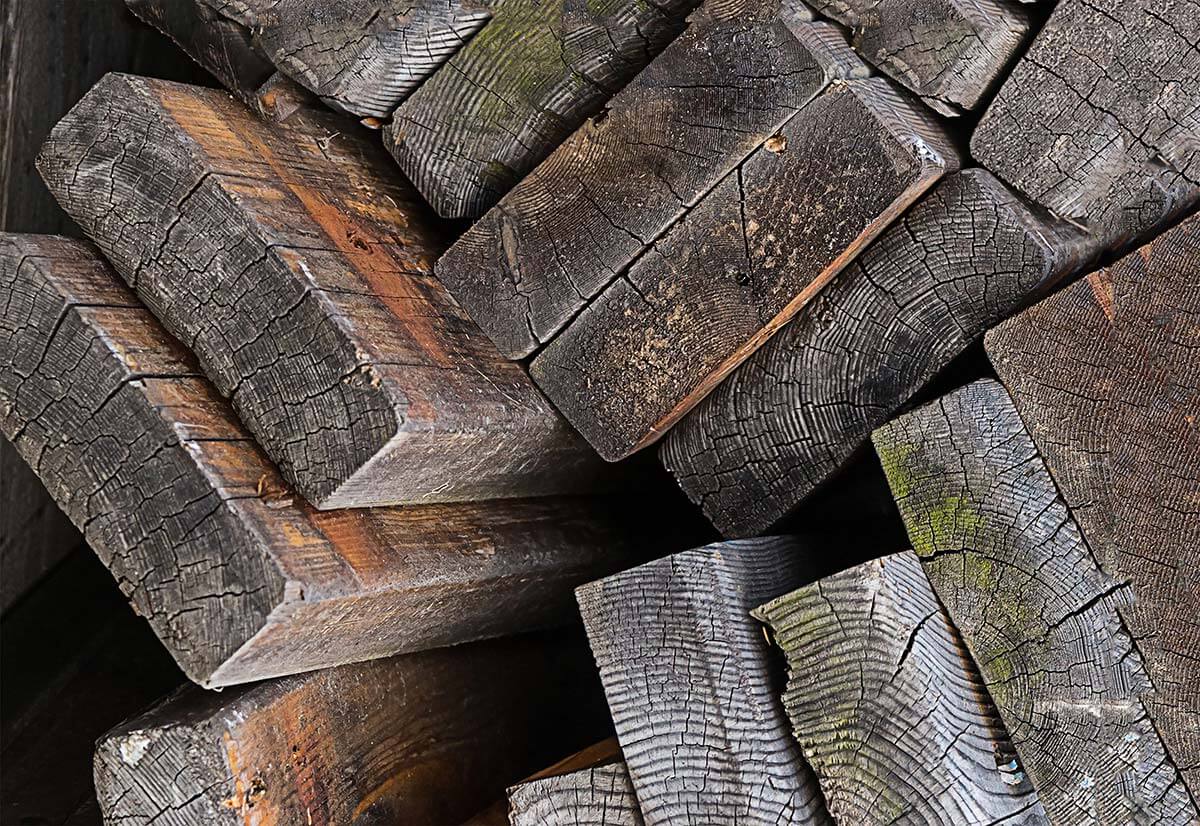
Recycled timber beams
Capturing and storing natural commodities like rainwater and solar energy, or incorporating plants with their biophilic benefits into our designs, (read this article to find out more about the benefits of biophilia – Vertical Gardens – the Ultimate in Organic Architecture) there are many ways to improve our quality of life and contribute to a sustainable future through adoption of passive design principles.
Smart Homes
Technology continues to offer us more time saving smart systems and devices for our homes, controlling everything from lights and temperature, to locks and security.
Whilst many of these are ongoing refinements of systems that have been around for some time, like lighting controls, they are now being combined with new products such as light bulbs that not only have adjustable intensity (dimmable), but also offer variable colours.
Light fittings and power outlets can also now be controlled directly by Bluetooth through portable devices including smartphones and tablets, doing away with the need for switches.
There are a myriad of smart appliances available for our computer age homes, some incorporating robotics that require minimal human interaction to perform tasks. Whilst Robotic vacuum cleaners have been around for a few years now, their cousins have left the confines of the home and evolved into outdoor workhorses tasked with cleaning swimming pools or mowing lawns.
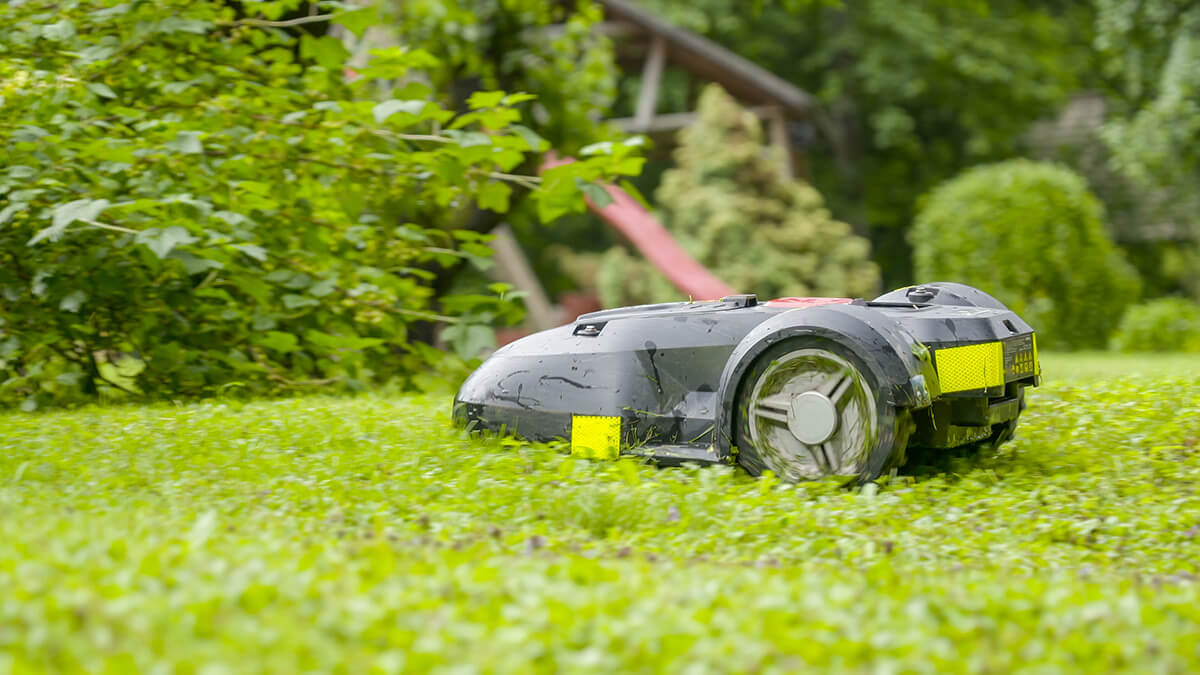
Robot Lawnmower
If you’d like to find out how you can incorporate any of these latest design trends into your next project, contact us for an obligation free meeting:
You might also be interested in...
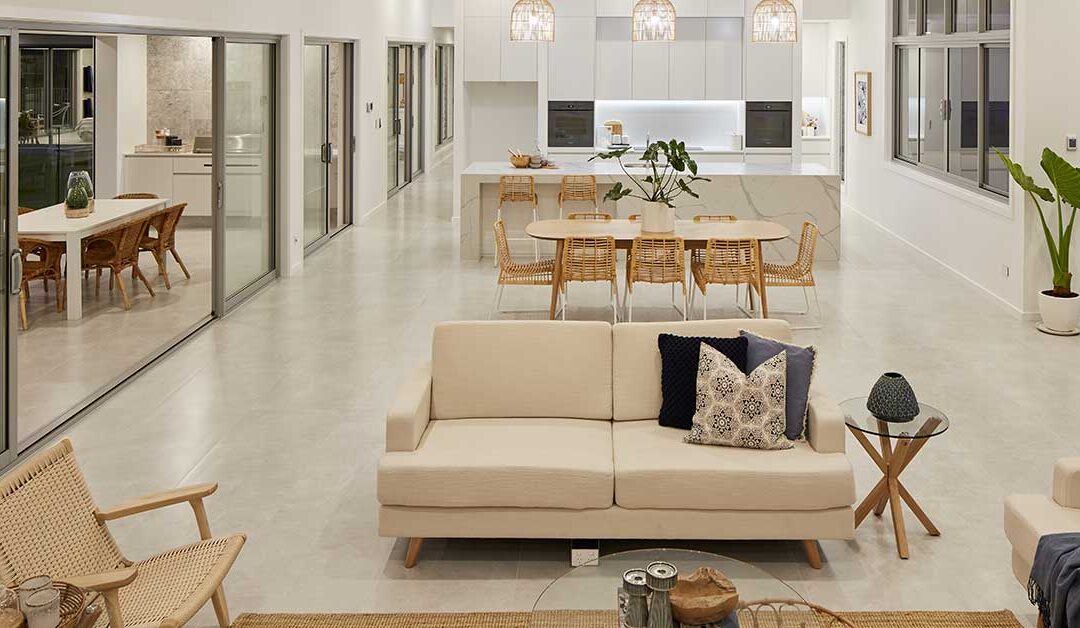
The Most Popular Home Configurations in Australia in 2024
Discover 2024’s top Australian home configurations: bedrooms, bathrooms, and parking preferences. Explore how changing lifestyles shape popular house configurations nationwide.
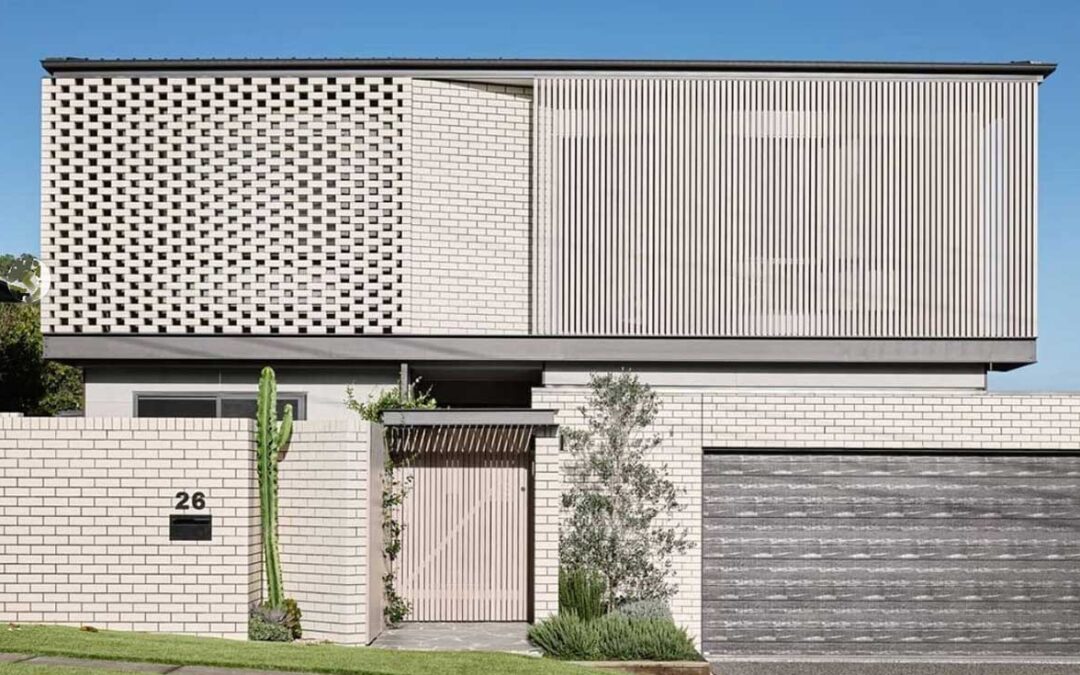
Exploring Contemporary Applications of Brise Soleil
Contemporary applications of Brise Soleil combine functionality, aesthetics, and sustainability, making them a popular choice in various building designs worldwide.

